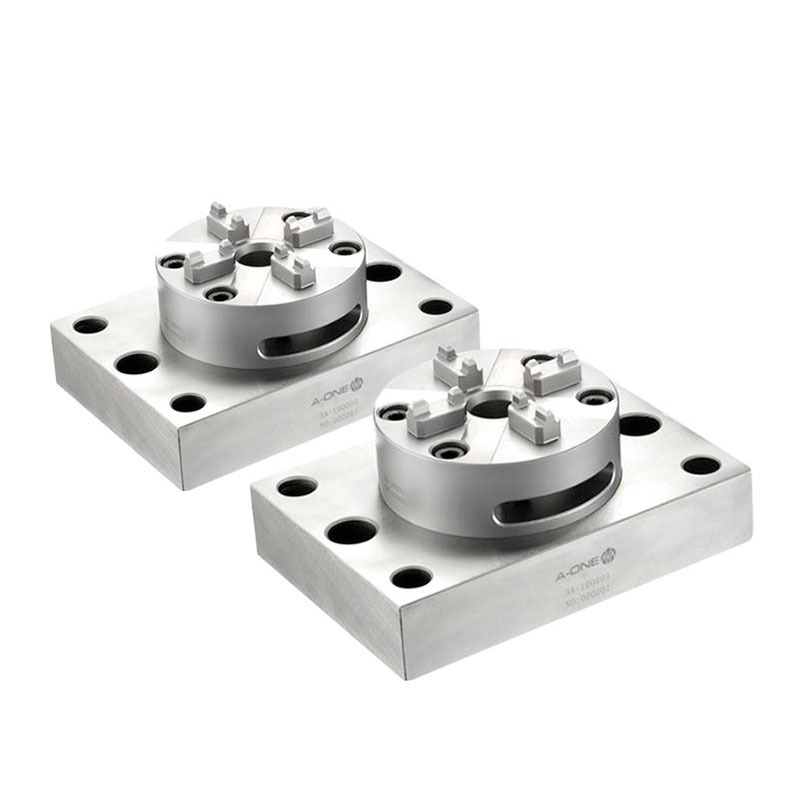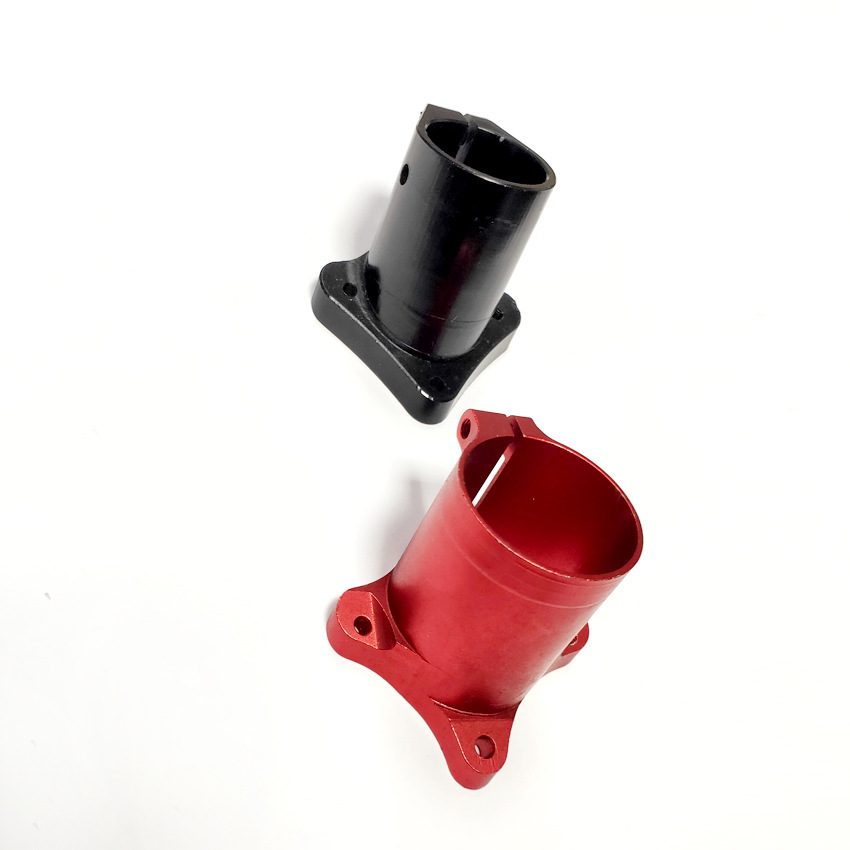Better Touch Better Business
Contact Sales at MDM Metal
According to different molding methods, plastic processing mold types corresponding to different process requirements can be divided, mainly including injection molding mold, extrusion molding mold, suction molding mold, high foaming polystyrene molding mold, etc.
1. Plastic injection mold
 It is mainly a type of molding mold that is most commonly used in the production of thermoplastic parts. The corresponding processing equipment for plastic injection molds is plastic injection molding machines.
It is mainly a type of molding mold that is most commonly used in the production of thermoplastic parts. The corresponding processing equipment for plastic injection molds is plastic injection molding machines.
Plastic is first heated and melted in the bottom heating cylinder of the injection machine, and then pushed by the screw or plunger of the injection machine, enters the mold cavity through the injection machine nozzle and the mold pouring system.
The plastic is cooled and hardened to form, and the product is demolded.
Its structure usually consists of forming components, pouring system, guiding components, pushing mechanism, temperature regulating system, exhaust system, support components, etc. The manufacturing materials usually use plastic mold steel modules, and the commonly used materials are mainly carbon structural steel, carbon tool steel, alloy tool steel, high-speed steel, etc.
The injection molding processing method is usually only applicable to the production of hot plastic products. The plastic products produced using the injection molding process are very extensive, from daily necessities to various complex mechanical, electrical, and transportation parts, which are all formed using injection molds. It is the most widely used processing method in plastic product production.
2. Plastic compression molding mold
There are two types of structural molds, compression molding and injection molding. They are a type of mold mainly used for forming thermosetting plastics, and their corresponding equipment is a pressure forming machine.
According to the characteristics of plastic, the compression molding method heats the mold to the molding temperature (usually between 103 ° -108 °), and then places the measured compression molding powder into the mold cavity and feeding chamber. The mold is closed, and the plastic softens and flows under high heat and pressure. After a certain period of time, it solidifies and forms the desired product shape.
The difference between pressure injection molding and compression molding is that there is a separate feeding chamber. Before forming, the mold is closed first, and the plastic is preheated in the feeding chamber to form a viscous flow state. Under pressure, it is adjusted and squeezed into the mold cavity to harden and form.
Compression molds are also used to shape certain special thermoplastic materials, such as difficult to melt thermoplastic materials (such as polytetrafluoroethylene) blanks (cold pressing), resin lenses with high optical properties, and slightly foamed nitrocellulose automotive steering wheels.
The compression molding mold mainly consists of a cavity, a feeding cavity, a guiding mechanism, a pushing component, a heating system, and so on. Pressure injection molds are widely used for packaging electrical components. The materials used in the manufacturing of compression molding molds are basically the same as those used in injection molds.
3. Plastic extrusion mold
A type of mold used to shape and produce plastic products with continuous shapes, also known as extrusion molding heads, is widely used for the processing of pipes, bars, monofilaments, plates, thin films, wire and cable coatings, and profiles. The corresponding production equipment is a plastic extruder, which is based on the principle of melting and plasticizing solid plastic under heating and rotating pressure conditions of the extruder screw. Through a specific shape of the die, it is made into a continuous plastic product with the same cross-section and die shape.
Its manufacturing materials mainly include carbon structural steel, alloy tools, etc. Some extrusion molds also embed wear-resistant materials such as diamonds on the parts that require wear resistance. The extrusion process is usually only applicable to the production of thermoplastic products, and it has significant differences in structure from injection molds and compression molds.
4. Plastic blow molding mold
It is a type of mold used to shape hollow products of plastic containers (such as beverage bottles, daily chemical products, and other packaging containers). The forms of blow molding mainly include extrusion blow molding hollow molding, injection blow molding hollow molding, injection extension blow molding hollow molding (commonly known as "injection pull blow"), multi-layer blow molding hollow molding, sheet blow molding hollow molding, and so on.
The equipment corresponding to the blow molding of hollow products is usually called a plastic blow molding machine, and blow molding is only applicable to the production of hot plastic products. The structure of blow molding molds is relatively simple, and the materials used are mostly made of carbon.
5. Plastic suction mold
It is a type of mold that uses plastic plates and sheets as raw materials to form some relatively simple plastic products. Its principle is to use the vacuum opening method or compressed air forming method to deform the plastic plates and sheets fixed on the concave or convex molds under heating and softening, and stick them to the mold cavity to obtain the required formed products. It is mainly used in the production of some daily necessities, food, and toy packaging products.
Due to the low pressure during molding, vacuum molds are mostly made of cast aluminum or non-metallic materials, with a relatively simple structure.
6. High foaming polystyrene molding mold
It is a kind of mold that uses expandable polystyrene (beaded material composed of polystyrene and foaming agent) raw materials to form foam plastic packaging materials of various shapes.
Its principle is that expandable polystyrene can be steam formed in the mold, including two types of simple manual mold and hydraulic straight through foam plastic mold, which are mainly used to produce packaging products for industrial products. The materials used to manufacture this type of mold include cast aluminum, stainless steel, bronze, etc.
Copyright © 2015-2023 MDM Metal All Rights Reserved
 Send A Message
Send A MessageIf you are interested in our products and want to know more details,please leave a message here,we will reply you as soon as we can.